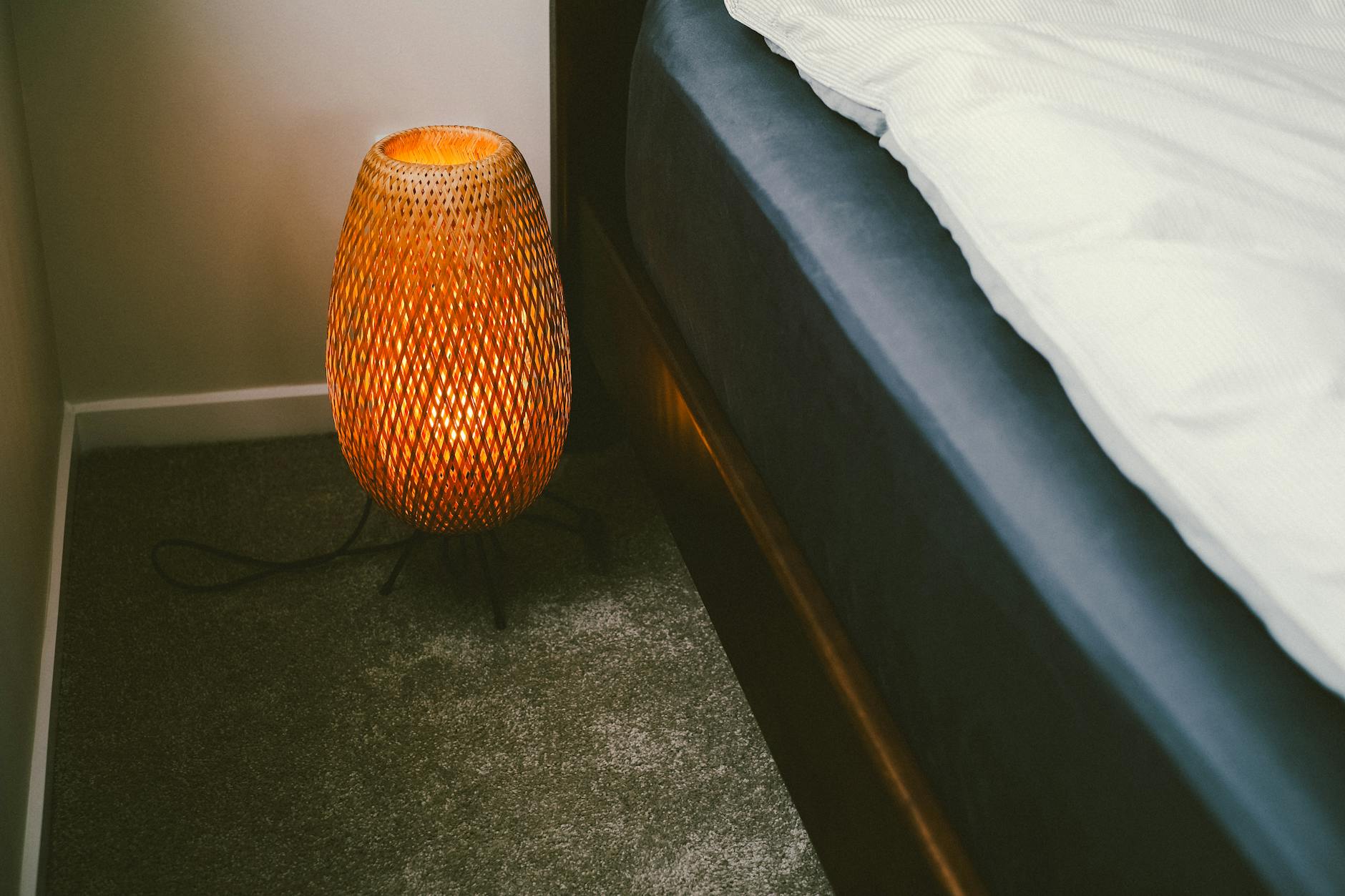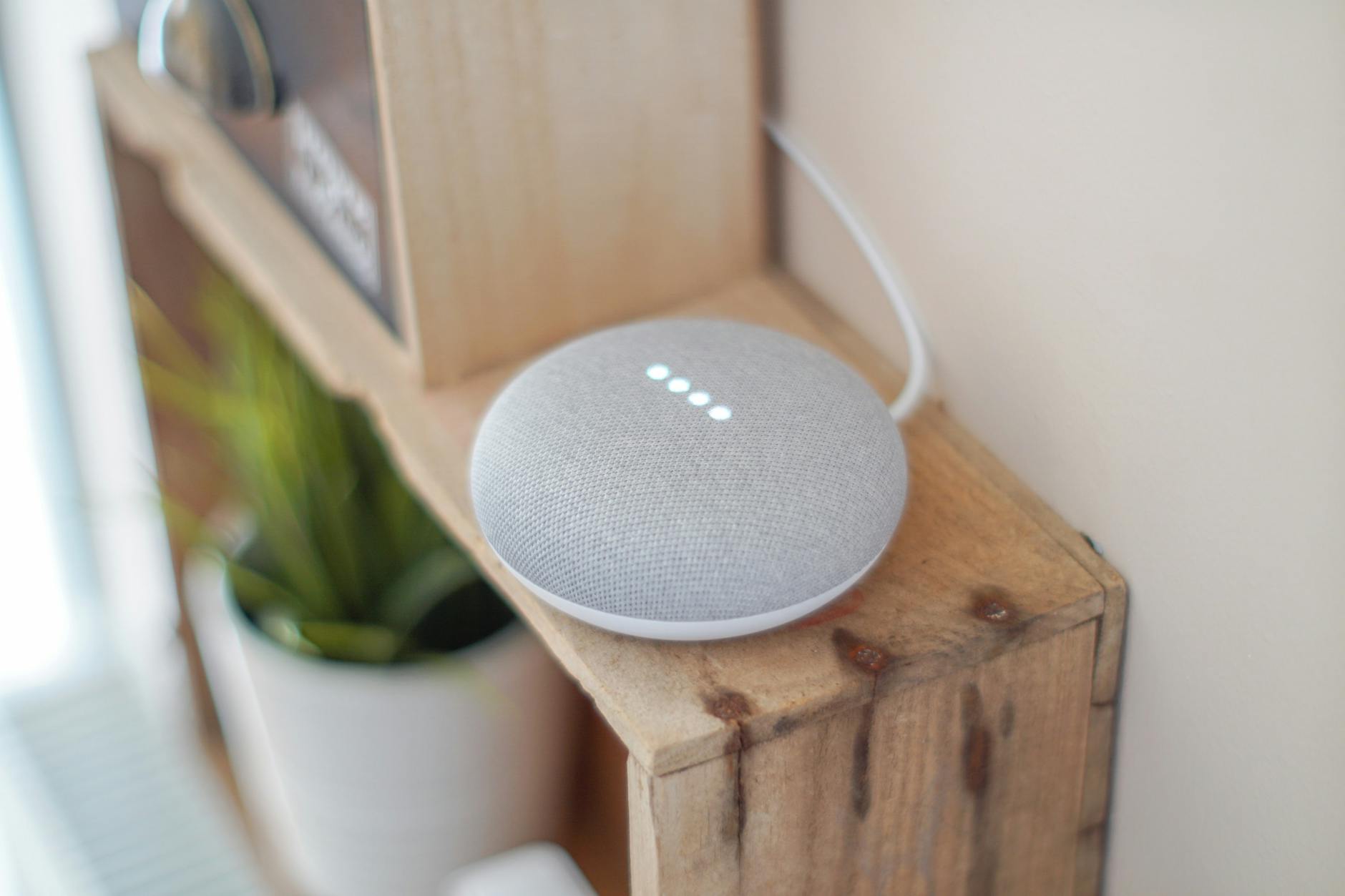The Ultimate Guide to Lighting a Home Office
Creating the perfect lighting setup in your home office is crucial for productivity, focus, and maintaining eye health. With a little planning, you can transform your workspace into a well-lit haven that promotes efficiency and comfort. In this ultimate guide, we’ll explore everything you need to know about lighting your home office effectively.
Why Good Lighting is Important
Good lighting is more than just a decorative element; it plays a vital role in how we function. The right lighting can help reduce eye strain, enhance mood, and even boost productivity. Inadequate lighting, on the other hand, can lead to headaches, fatigue, and decreased concentration.
Assessing Your Current Lighting
Before you begin making changes, assess the current lighting situation in your home office. Consider the following aspects:
- Natural Light: Evaluate how much natural light your workspace receives during different times of the day.
- Existing Light Sources: Take stock of ceiling fixtures, lamps, and any other light sources currently in use.
- Task Needs: Identify specific tasks you perform that may require additional lighting, such as reading or computer work.
Types of Lighting
Understanding the different types of lighting is key to choosing the right setup for your office. Here are the main categories:
- Ambient Lighting: Provides overall illumination, usually coming from ceiling lights. It serves as the primary source of light in a room.
- Task Lighting: Focuses on specific tasks like reading or writing. Desk lamps and under-cabinet lights are common examples.
- Accent Lighting: Used to highlight specific areas or objects, such as art or plants. It adds depth and dimension to the space.
Choosing the Right Lightbulbs
The type of bulbs you choose can drastically affect the quality of light. Consider these factors:
- Color Temperature: Measured in Kelvin (K), color temperature ranges from warm (2700K) to cool (6500K). Warm lights are cozy, while cooler lights are more energizing and closer to natural daylight.
- Lumens: Lumens indicate brightness. For a home office, aim for bulbs in the 2,000 to 4,000 lumens range, depending on the size of your space.
- Energy Efficiency: LED bulbs are energy-efficient and long-lasting, making them a popular choice for home offices.
Implementing Your Lighting Plan
Now that you have a good understanding of your lighting needs, let’s look at how to implement your new plan:
- Maximize Natural Light: Arrange your workspace to take full advantage of natural light. Place desks near windows if possible, and use light-filtering curtains or blinds.
- Layer Your Lighting: Combine ambient, task, and accent lighting for a balanced and versatile setup.
- Add Dimmers: Install dimmer switches to give you control over the brightness and mood of your office throughout the day.
Final Tips
Here are some last-minute tips to ensure your home office lighting is top-notch:
- Reduce glare on computer screens by positioning monitors away from direct light sources.
- Consider adjustable desk lamps for flexibility in directing light where needed.
- Use smart bulbs for remote control and automation to seamlessly switch between different lighting settings.
With these guidelines, you’ll be well on your way to creating a home office that is not only functional but also a pleasure to work in. Remember, the right lighting can make all the difference in your workday experience!





